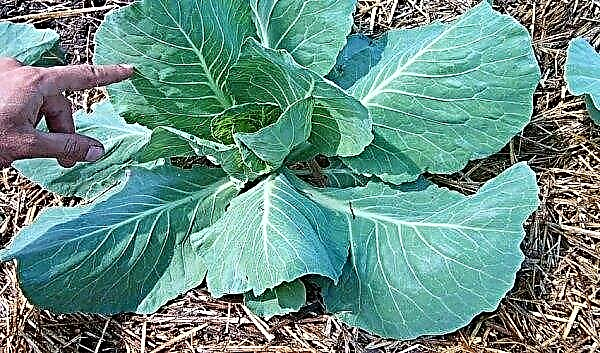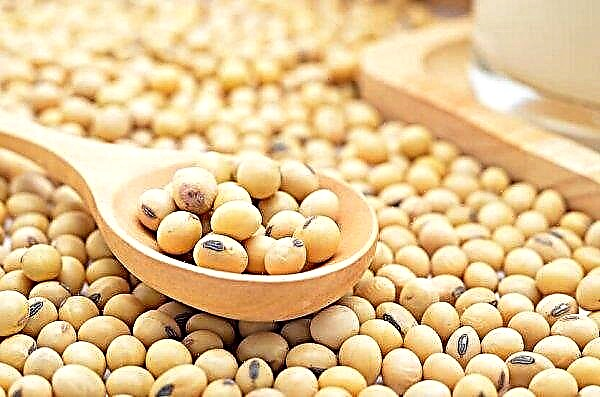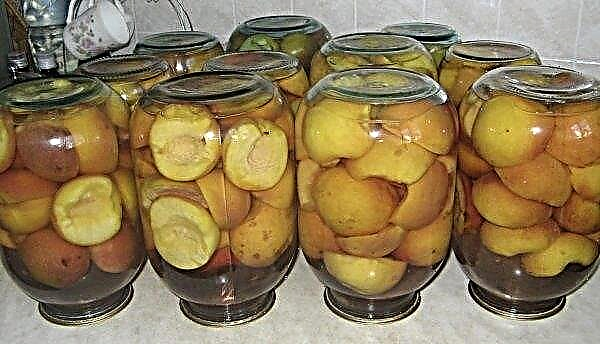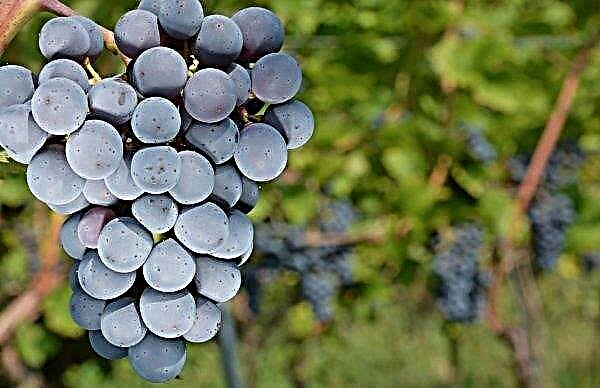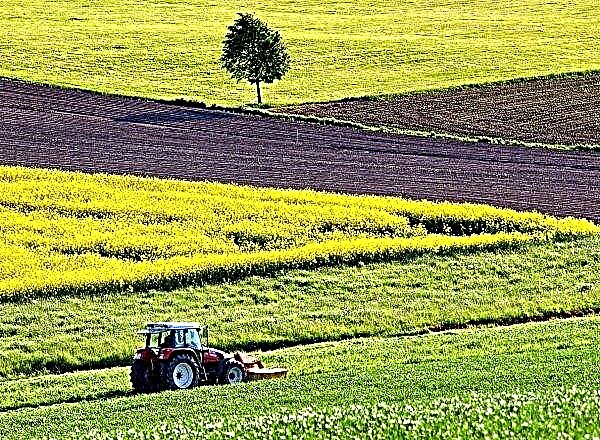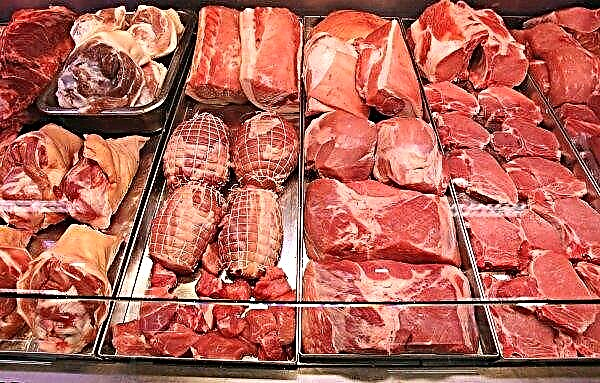Tomato is one of the most common and genetically studied crops, and breeders are constantly working, trying to develop a variety of this vegetable with the highest rates of yield and marketable productivity. Among the results of their work is a series of tomatoes called King of the Market. The article will tell about the characteristic features of these hybrids and the reasons for their popularity.
History of Variety Breeding
At the beginning of the XXI century, in the climate of the Moscow Region, the NK.LTD Scientific and Production Company (also known as the Russian Garden-NK agricultural firm) launched the first of the King of the Market series tomatoes, whose characteristics impressed scientists and consumers so much that they were subsequently created 12 more hybrids.

Each of them is somewhat different from its counterparts both in morphological parameters and in particular features. One of the most popular is the King of Market VII, listed in 2006 in the State Register of Breeding Achievements. Hybrids No. VIII (due to the beautiful pink hue) and No. IX (due to the size of the fruits, also known as the King Giant) are also most preferred by farmers.
Characterization and description of the variety
Despite some differences in appearance and ripening time, all King King hybrids are characterized by stable, good yield and beautiful visually fruit with dense pulp and strong skin. For the most part, all hybrids are powerful, determinant, reaching a height of 70–100 cm, with the exception of No. VIII, IX, XI and XII, growing to 1.5 m.
Productivity
These hybrids give an excellent harvest due to the high fruit set, which does not require additional tricks from the gardener. From 1 m², 10–13 kg of tomatoes can be harvested.
Also pay attention to other determinant varieties of tomatoes:
Description of the fetus
The name given to hybrids is due to their characteristics:
- fruits of perfectly even shape (cuboid in No. I, cylindrical in hybrids No. II and No. XI and round in all others);
- lack of ribbing;
- strong, smooth peel, contributing to good keeping quality;
- the amount of dry matter does not exceed 6%;
- weight varies from 80 g (hybrid No. II) to 1 kg (No. IX); King of the Market VII listed in the State Register has a weight of 500 g;
- color is red, plain (for No. VIII - pink-raspberry, No. XIII - orange);
- lack of a green spot at the stalk;
- delicate pulp, good taste (in hybrids No. I – VI) and improved, sweeter and more aromatic in subsequent hybrids (especially No. XII, also known as the King of Honey).

Advantages and disadvantages of the variety
In this series of tomatoes, every farmer will find a hybrid that is suitable specifically for his purposes, whether it is the preparation of salads, whole-canning (No. II, No. XI), and the manufacture of juices (No. XII).
- From other varieties of the King of the market are favorably distinguished:
- high marketable productivity (yield of marketable fruits up to 92%);
- excellent keeping quality and transportability;
- resistance to most diseases and pests;
- beautiful appearance;
- excellent taste.
Important! Seeds are purchased exclusively at the store, as this group of tomatoes belongs to hybrids (labeled F1), whose seeds are not used for propagation.
- The disadvantages of the series include:
- occurring regrowth in seeds;
- the need for binding;
- exactingness to high soil nutrition;
- heat loving (in the northern regions it is grown only in greenhouses).
The basic rules for cultivating the King of the Market variety
For this variety, the most appropriate is the preliminary cultivation of seedlings. Recommended time for sowing seeds is the end of March - the beginning of April.
Growing seedlings
There is no need to disinfect the seeds and treat them with growth stimulants, as the manufacturing company has already taken care of this. Preparation for sowing includes the selection of nutrient soil and its disinfection. For tomato seedlings, a mixture of humus, garden soil and sand (in a ratio of 2: 2: 1) is well suited. The resulting mixture is disinfected by calcining in the oven for half an hour, heated to +70 ... + 90 ° C or by freezing in a freezer at a temperature of at least –15 ° C.

Sowing and further care of seedlings is carried out as follows:
- Containers or boxes are filled with soil, which is then moistened.
- Seeds are placed in holes 1.5-2 cm deep.
- Tanks with future seedlings are placed in a warm (+22 ... + 25 ° C), well-lit place.
- After two weeks, mineral fertilizing is carried out, which must necessarily include copper and nitrogen.
- Seedlings are watered as necessary, preventing the drying of the upper layer. The soil also needs to be loosened periodically to increase air permeability.
- After the first true leaves appear in young plants, seedlings are dived (transplanted into separate pots) for better development of the root system.
- 2 weeks before planting in the soil, seedlings are hardened (placed in fresh air for an increasingly longer time, starting from 15 minutes a day).
Seedling Planting Technology
2 months after the emergence of seedlings, seedlings can be planted in open ground, provided that the ground has warmed up to + 15 ° C and there is no threat of freezing frost.
Important! You should choose the right site for landing. Ideal precursors of tomato on the ground: onions, carrots, cucumbers, legumes.
The process of planting seedlings includes the following steps:
- Soil preparation: loosening, treatment with a hot solution of copper sulfate (for the prevention of pests), the introduction of organic fertilizers (rotted manure, compost) and complex mineral fertilizing in moderation.
- Wells are formed with a distance between them of 40 cm and a pitch between rows of 70 cm. Wells are watered and wait until the earth dries.
- Landing is best done in the evening, in calm weather.
- The seedlings are watered to make it easier to remove it from the pot, remove the bottom two leaves and deepen the seedling into the hole (to the depth of the bayonet bayonet).
- Sprinkle seedlings with earth, lightly compact and water 1-2 liters of warm water for each tomato.
- Seedlings are left to adapt to new conditions for 10-14 days. During this period, seedlings do not water and do not perform any manipulations.
Plant care
The king of the market is quite an unpretentious hybrid. It is flexible and adapts to almost any conditions. But if you want to get a really good crop, then you should follow the watering and dressing regimen, as well as perform agrotechnological techniques (tying, weeding, loosening).

Watering Rules
Rules for watering the tomato King of the Market:
- Use warm, standing water.
- Watering is carried out under the root. Do not irrigate leaves and inflorescences.
- On average, 5 liters of water are needed per bush. During the flowering period and before the formation of fruits, the amount of water is increased to 10 liters.
- The frequency of irrigation depends on weather conditions. Both topsoil drying and waterlogging should not be allowed. On average, the frequency of watering is 1-2 times a week.
Top dressing
To provide nutrients, the plant is fed with nitrogen fertilizers two weeks after planting and phosphorus-potassium complexes during flowering and fruiting (every 2-3 weeks). Tomato also responds well to organic dressing (0.5 liters of mullein or bird droppings, diluted in 10 liters of water). In late July, feeding is stopped so as not to contribute to the growth of green mass to the detriment of ripening fruits.
Pasynkovka and formation of a bush
The king of the market does not require mandatory stepsoning, but some farmers form a bush in 2 stems, removing unnecessary shoots every 11 days. Without pinching, the King of the market will give a later, but also more plentiful crop.

Regardless of whether you are engaged in the formation of a bush, it must be tied up, since most hybrids of the series have large fruits, which in combination with high productivity requires fixing the plant for the safety of the tomato. The bush is tied to pegs or made a trellis. For garters, it is better to use synthetic materials (they do not rot and are more durable).
Soil cultivation and weeding
After watering, the soil is loosened to a depth of 4-5 cm. Careful weeding is also necessary: all weeds are removed with roots to prevent infection by pests. To simplify this work, a tool such as the Fokine plane cutter is used.
Did you know? Fokin's plane cutter is such a popular tool that it is often faked. The original plane cutter has a black blade, and its stalk is never painted.
Pests and diseases of the variety
The King of the market has excellent immunity against the most common diseases: fusarium, tobacco mosaic, gray rot, late blight. However, improper care can lead to the development of certain diseases and damage by pests.
Consider the main threats to the health of tomatoes and methods for their treatment and prevention:
- Alternariosis - a fungal disease affecting the stem, leaves and fruits. The reason for the development is the failure to observe crop rotation and the combination of hot weather with a lot of rainfall. To get rid of alternariosis, the fungicides "Tattu" and "Antracol" are used.
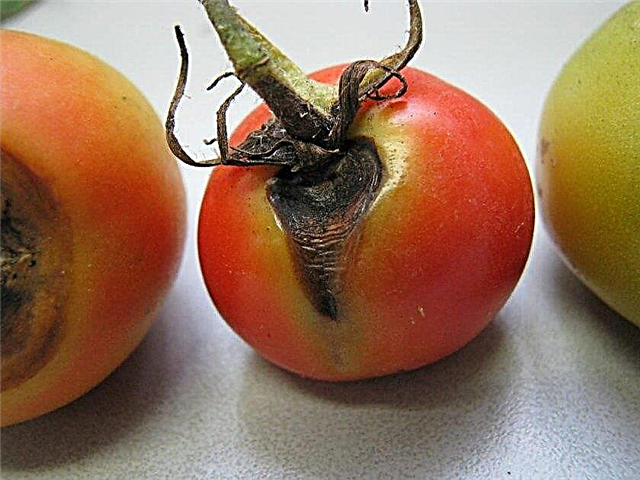
- Black spotting much more dangerous than alternariosis. It is characterized by the rapid spread of dark spots on the leaves. Leaves fall, and the fruits rot and do not ripen. If a disease is detected, the affected plant must be removed and burned, and the entire surrounding area treated with a Bordeaux mixture. Prevention of black spotting is regular fertilizing with mineral fertilizers, timely weeding, non-thickening of plantings and crop rotation.

- Medvedka harms the roots of tomatoes, it is especially dangerous for young seedlings. Careful weeding will serve as a prophylaxis, and if the bear already annoys you, the Thunder preparation, whose granules are laid out in moistened ground to a depth of 3-5 cm, will help.
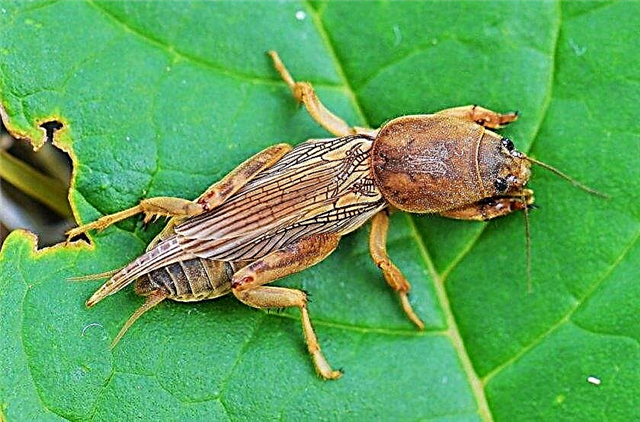
- To combat Colorado potato beetle, which feeds on tomato leaves, use the chemical drug Prestige, and also apply dusting of plants and soil to sifted ash.

- Mesh slug usually appears in cold, rainy summers and leaves on tomato leaves, leaving holes on it and a silvery mucus mark. This is not only unaesthetic, but also entails a slowdown in the growth of tomatoes and the death of peduncles. In addition, the slug spreads infections and fungus. The slugs are collected by hand and destroyed. A “biological weapon” such as a parasitic nematode is also used. This microorganism is safe for both humans and tomatoes. Nematode is sold packaged in boxes in specialized stores. Another good preventive measure is to plant onion and garlic in the aisles.

Harvesting and storage rules
Tomatoes are picked from the bushes every 5 days, at the height of the season - once every 2-3 days. Separating the fruits, you need to leave the stalk, with it tomatoes are stored longer. The hybrid in question is very thermophilic, so it must be removed before the first fall of cooling.
As already mentioned, the King of the market has an excellent shelf life and is able to be stored in a mature form in the refrigerator at a temperature of 0 ° C for a month without loss of marketability. It is also well transported thanks to the dense skin.
Did you know? There is an original way to grow tomatoes “upside down”. It is suitable for mini varieties. The bush is placed in a firmly suspended container and watered like flowers. This method is used to save space and high-quality ventilation of the shoots.
A series of tomatoes The king of the market lives up to its name: thanks to the high yield, variety of hybrids, disease resistance, excellent taste and beautiful appearance of the fruit, these tomatoes are literally swept from the shelves. The most important thing when growing is to get high-quality seeds, avoiding over-grading and follow the simple recommendations outlined in the article.






